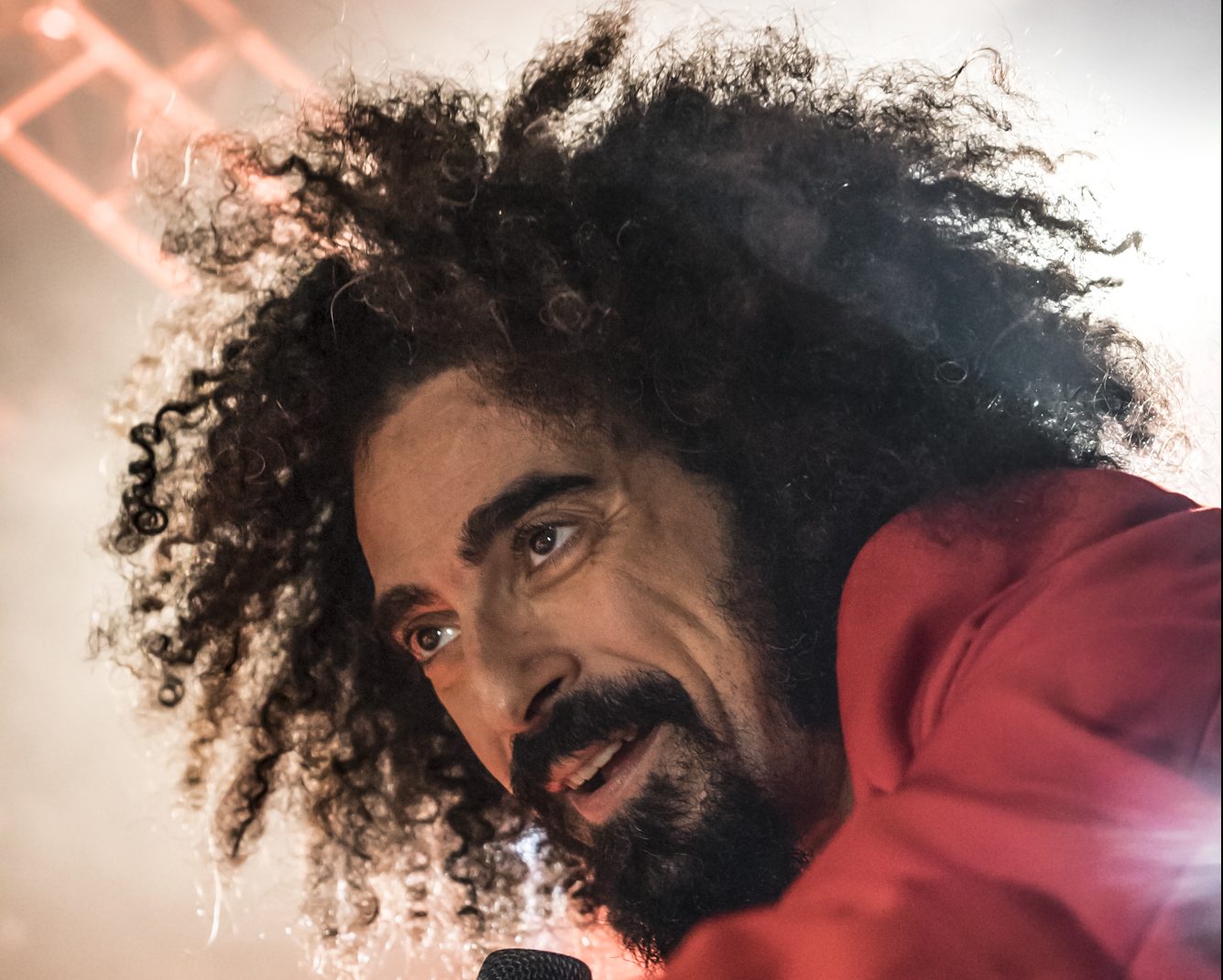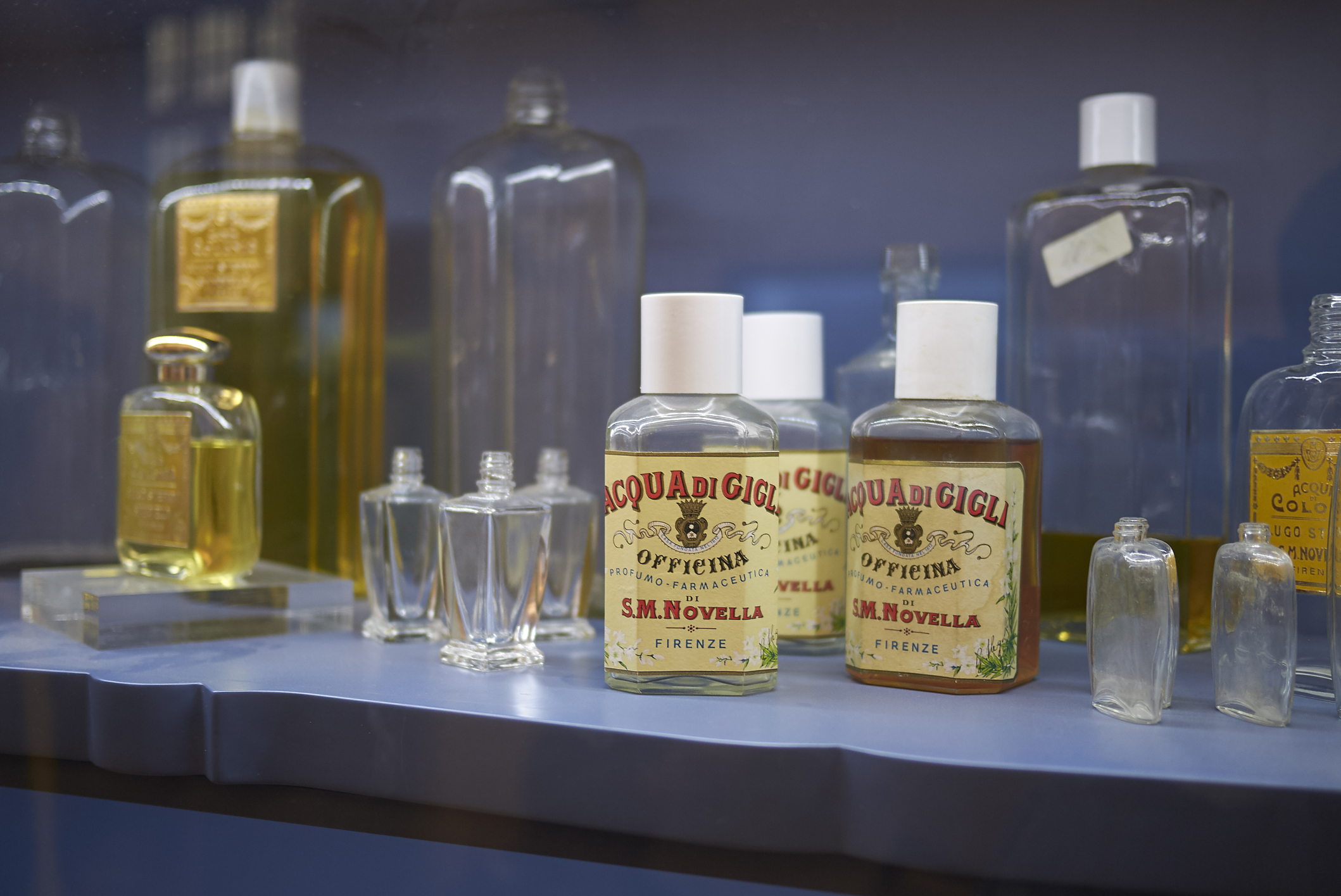The legendary Whisky A Go Go in Sunset blvd has recently become quite familiar with Italian contemporary music. After Luciano Ligabue, in fact, another talented artist performed on the cozy nightclub’s stage on Thursday, November 6, on the occasion of the 4th edition of Hit Week.
The initiative, launched in 2010 with the goal of promoting Italian contemporary music worldwide, has traveled across Europe, the U.S., Canada, Asia, and South America, featuring artists the likes of Elisa, Franco Battiato, Subsonica, Negrita, Giovanni Allevi, and more. The 2014 edition was organized in collaboration with FIMI (Italian Music Industry Federation), the Italian Trade Agency, and the Italian Cultural Institute, under the auspices of the Consulate General of Italy in Los Angeles and Miami – where the tour stopped on November 8. The L.A. performance was opened by the Italian-American rock band Violane, while special guest in Miami was the Roman alternative band Kutso.
This year’s headliner was Caparezza, rapper and songwriter from Apulia, whose nickname refers to his unique curly hair. Inspired by different genres, as he explained in the following interview, Caparezza has developed his own style made of a distinctive voice, socially conscious and critical lyrics, a catchy sound, and histrionic, dreamlike live shows. His 6th record Museica debuted atop the Italian charts in May 2014 and has been recently released in U.S. online stores.
This is the second time you perform in L.A. during the Hit Week. What is your relationship with the city and the local public?
It’s a young relationship, started in 2011 when Hit Week gave me the opportunity to perform at the El Rey Theater. The locals barely knew me but I always like to play my music in front of a new audience, and I was impressed by the respect shown by this city for artists and entertainers. Therefore, I was very excited to perform in L.A. again, and hopefully I succeeded not only in entertaining many fellow Italians but also in intriguing a few Americans. Unfortunately, I could bring to the U.S. just a taste of the huge, toy-like set design that is usually on stage during my concerts in Italy.
Is it hard to be a rapper in Italy? And is it possible for an Italian rapper to become popular in the U.S.?
The point is that I don’t see myself as a rapper. Italy has its own rap and hip-hop music scene, but my style is different. There is a band of musicians playing with me, which is unusual. Mine is a personal interpretation of rap, a mix of sounds inspired by different genres, from rock to electronic and indie music. And as I don’t try to imitate American rappers, I don’t feel the competition.
Let’s talk about your latest album Museica, recorded in your hometown Molfetta but mixed and mastered in LA by Chris Lord-Alge and Gavin Lurssen.
Museica is a proactive concept album based on art history and works of art. I have studied and visited museums, and then I have turned those emotions into new songs. At the age of 40, I felt the need to stop writing about what I dislike and to start celebrating what I like: creativity and art. These are worth saving.
You worked with American poet Michael Franti on the track È tardi (It’s late), inspired by Salvador Dalí’s painting The Persistence of Memory. Is there any other U.S. artist you’d like to collaborate with?
Michael Franti is one of the last positive and conscious rappers left. Another one is Public Enemy’s leader Chuck D, with whom I’d like to duet as well. Actually, there are many artists who influenced me with their creativity and I’d be honored to work with, regardless of the music genre.































